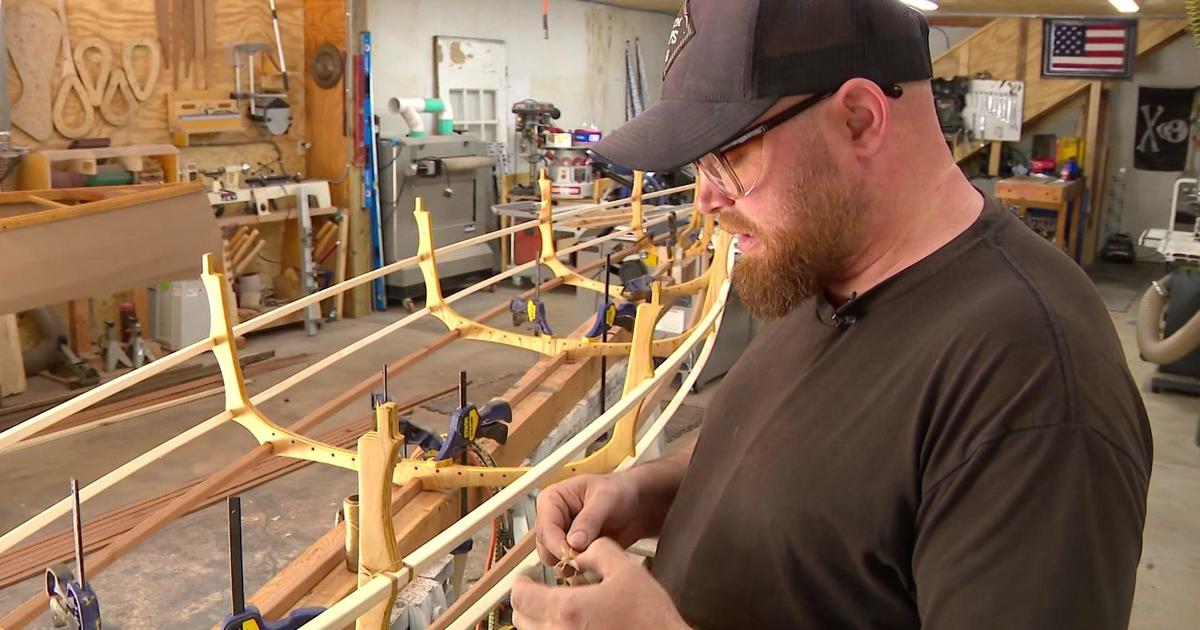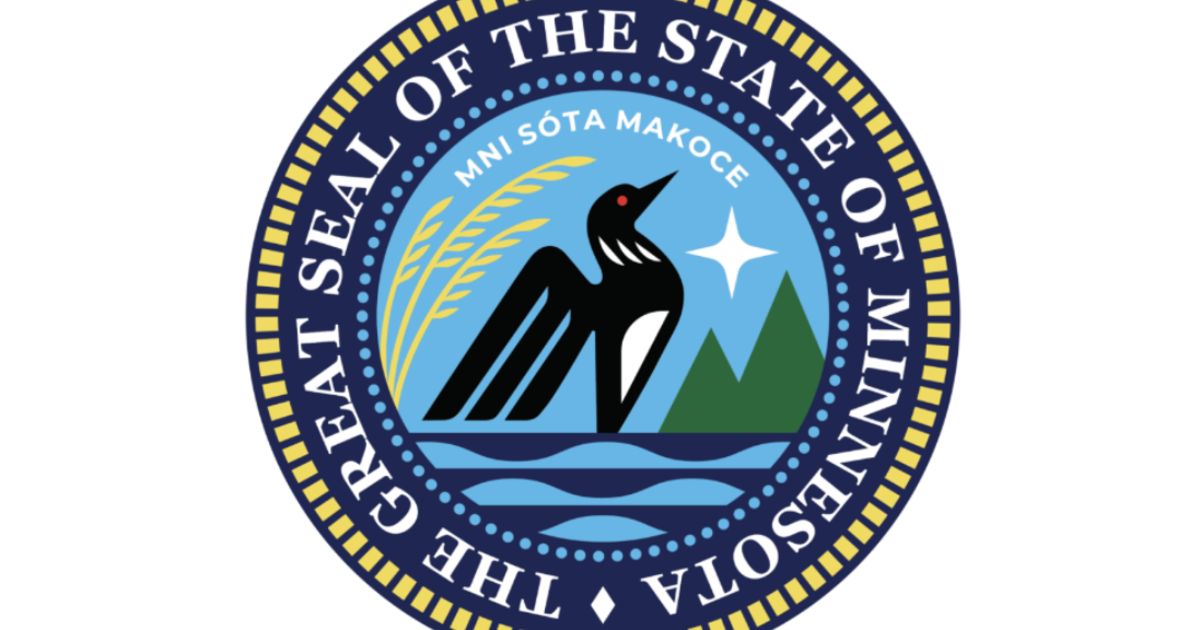Finding Minnesota: The Minnesota Museum of American Pattern Glass
MINNEAPOLIS (WCCO) -- Glass is something we use every day. From windows to drinking glasses, we often don't give it a second thought.
But one Twin Cities man does. He's put together a unique and rare collection of glass.
In this week's Finding Minnesota, WCCO-TV's John Lauritsen takes us to a unique museum, and introduces us to a collector who believes his glass collection is always half full.
The hustle and bustle on Minneapolis city streets never seems to stop. But a quiet and colorful contrast to all of that can be found at the corner of Hennepin Avenue and South First Street: The Minnesota Museum of American Pattern Glass.
Peter Thomas has a lot of glass. His obsession began years ago when his aunt gave him a gift.
"And she left me one of her collections called King's Crown or Ruby Thumbprint, and then I went downhill from there," Thomas said.
He now has over 11,000 pieces of a very specific kind of glass.
"It's all American made. Date range is 1890 to 1925," Thomas said.
Pattern glass was all the rage at the end of the Victorian era. At one point, over 600 United States companies made everything from table sets, shot glasses and toothpick holders, to salt and pepper shakers. They had designs and patterns for all occasions.
"Prize pattern over there. Spatula pattern down on the bottom. Nail, you can see sort of a nail pattern in the top ridge," Thomas said.
Even states had their own glassware.
"This is New Hampshire, New York, this is New Jersey down there," Thomas said.
His collection grew while he was working in Russia. In his spare time, he would order pattern glass on eBay.
"When I came back in 2010, I had over 9,000 boxes to open," he said.
To make room, he decided a good solution would be to open a museum. Today, he takes time to educate people about the geography, history and chemistry of his hobby. He explains to visitors how glass is made. The short answer involves sand, heat, glass molds and different metallic oxides for different colors.
Thomas's geography lessons tell where the glass came from, and history lessons center on when county fair glass engraving "shattered" all the other booths.
"Every little town when they had a fair, they had a booth. You could buy glassware and they would engrave your name or whatever you wanted for free," he said.
Thomas jokes that if he continues down this path, he will have to join "Glassaholics Anonymous." But before that happens, he's hoping his visitors get a clearer perspective of just how much history can be found in a single piece of glass.
"A lot of them are attracted because it represents something in their family that they had or knew as kids growing up," Thomas said. "I hope they have an appreciation that their relatives in the old days actually used this."



